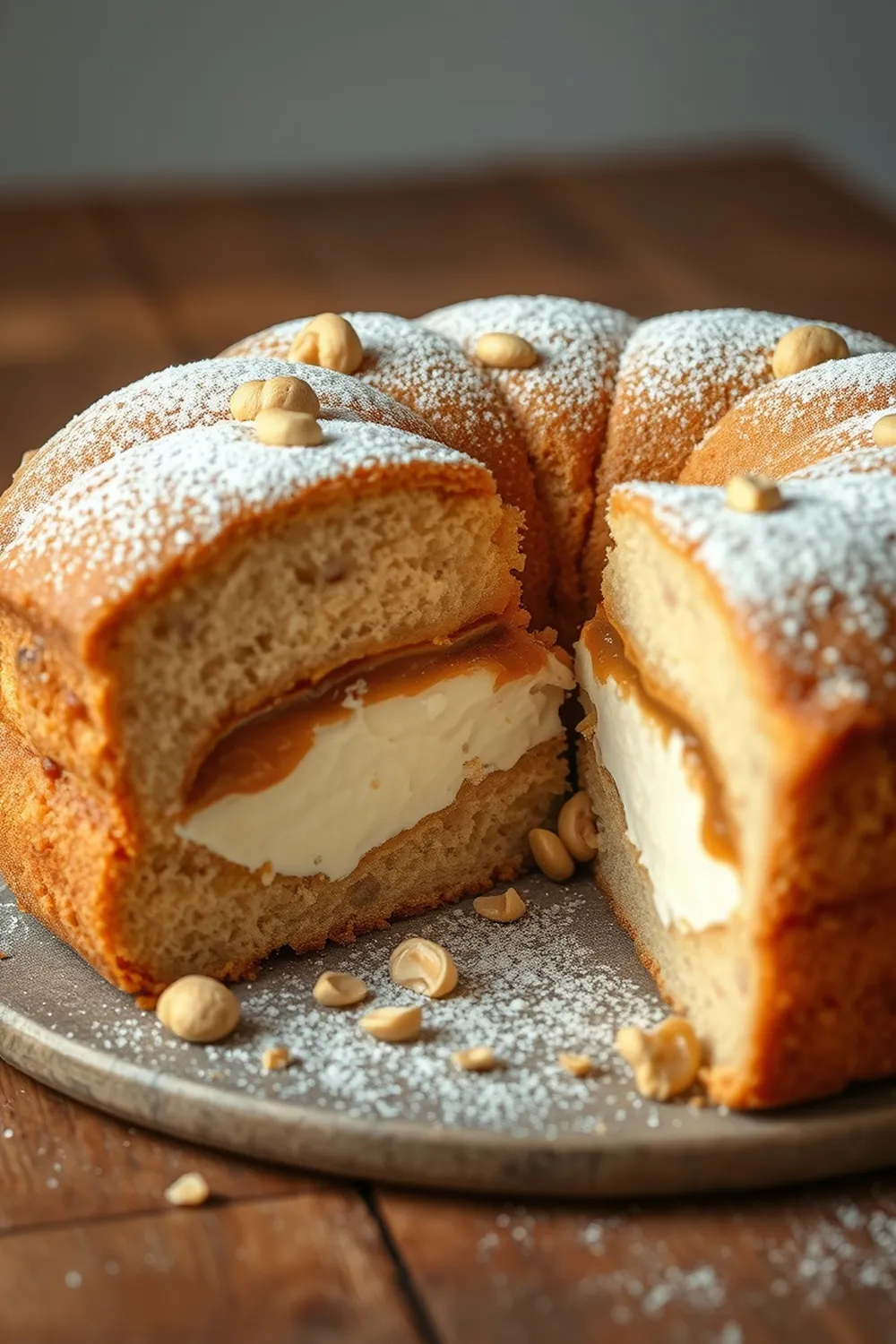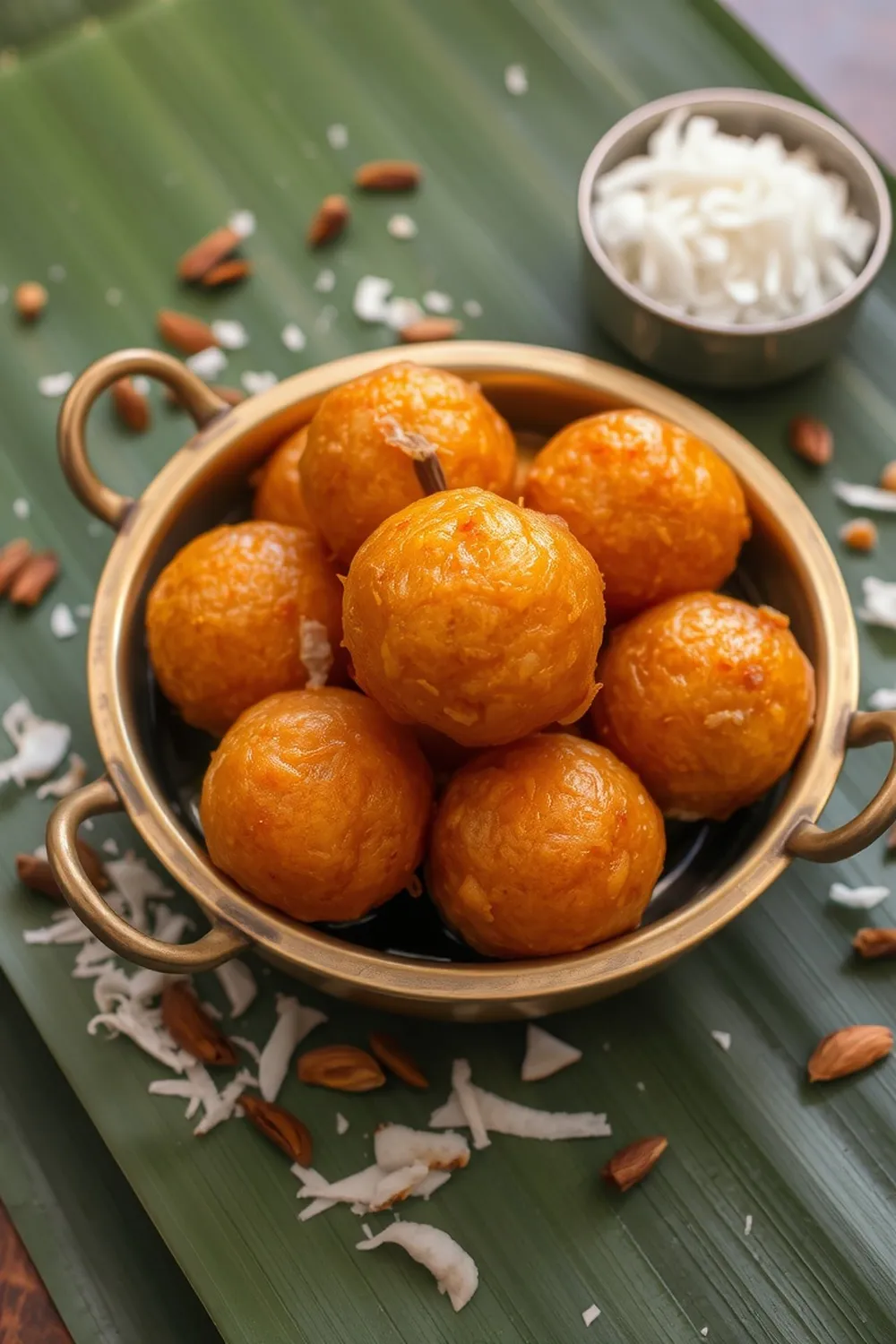- Heat ghee in a pan. Roast cashews and raisins until golden brown; set aside.
- In the same pan, roast vermicelli on low heat for 5-7 minutes, stirring frequently, until golden brown.
- Boil milk in a large pot. Add the roasted vermicelli and simmer for 10-15 minutes, stirring occasionally, until the vermicelli is soft.
- Stir in sugar and cook for 5-7 minutes, stirring constantly, until dissolved and the mixture has thickened.
- Mix in the roasted cashews, raisins, and cardamom powder.
- Serve warm or chilled. If the kheer thickens upon cooling, add a little warm milk to reach desired consistency.
- Calories:250 kcal25%
- Energy:1046 kJ22%
- Protein:6 g28%
- Carbohydrates:38 mg40%
- Sugar:25 mg8%
- Salt:70 g25%
- Fat:8 g20%
Last Updated on 5 months ago by Neha Deshmukh
Easy Vermicelli Kheer Recipe – Cashew Raisin Indian Milk Pudding
Hello friends! Today, I’m sharing a recipe that’s close to my heart – a creamy, dreamy Vermicelli Kheer. This isn’t just any kheer; it’s the kind my grandmother used to make, filled with the warmth of ghee, the sweetness of sugar, and the delightful crunch of cashews and raisins. It’s comfort in a bowl, and I’m so excited to share it with you.
Why You’ll Love This Recipe
This Vermicelli Kheer (also known as Seviyan Kheer) is a classic Indian dessert for a reason! It’s incredibly easy to make, requires minimal ingredients, and is always a crowd-pleaser. Plus, it’s perfect for celebrations, or just a cozy night in. Honestly, who can resist a warm, milky pudding studded with crunchy nuts? It’s a little bit of heaven, I tell you!
Ingredients
Here’s what you’ll need to create this magic:
- 1 tbsp ghee (approximately 15ml)
- 5 cashews, roughly chopped
- 1 tbsp raisins (approximately 15ml)
- ½ cup vermicelli (approximately 60g) – see ingredient notes below!
- 4 cups milk (approximately 950ml) – full fat milk works best for richness
- ½ cup sugar (approximately 100g) – adjust to your sweetness preference
- ¼ tsp cardamom powder (approximately 1g) – freshly ground is best!
Ingredient Notes
Let’s talk ingredients! A few little things can make a big difference.
- Vermicelli: We’re using Sevai or Barik Sevai – the thin, delicate vermicelli. It cooks quickly and gives the kheer a lovely texture. Don’t use the thicker variety, it won’t give the same result.
- Ghee: Ghee is essential for that authentic flavour. I prefer using a good quality, homemade ghee if possible. Different regions in India have preferences – some like a stronger ghee flavour, others milder.
- Cardamom: Freshly ground cardamom is a game changer! The aroma is incredible. If you can, grind the pods yourself right before adding it to the kheer. It makes all the difference.
Step-By-Step Instructions
Alright, let’s get cooking! It’s easier than you think.
- First, heat the ghee in a heavy-bottomed pan over medium-low heat. Add the cashews and raisins. Roast them until they turn golden brown and fragrant – about 3-5 minutes. Be careful not to burn them! Once roasted, set them aside.
- In the same pan, add the vermicelli. Now, this is important: roast the vermicelli on low heat for about 5 minutes, stirring constantly. We want it to turn golden brown and slightly crispy, not burnt.
- Pour in the milk and bring it to a simmer. Add the roasted vermicelli and continue to simmer for about 10 minutes, stirring occasionally. This allows the vermicelli to soften and release its starch, thickening the kheer.
- Now for the sweetness! Stir in the sugar and cook for another 5 minutes, stirring until the sugar is completely dissolved. Keep stirring to prevent sticking.
- Finally, mix in the roasted cashews and raisins, and the cardamom powder. Give it a good stir and cook for another minute to let the flavours meld together.
- And that’s it! Your Vermicelli Kheer is ready.
Expert Tips
Here are a few things I’ve learned over the years:
- Stirring is key: Don’t skip the stirring! It prevents the kheer from sticking to the bottom of the pot and ensures even cooking.
- Patience is a virtue: Simmering the kheer slowly allows the flavours to develop beautifully. Don’t rush the process.
- Adjust the consistency: If the kheer becomes too thick as it cools, simply add a splash of warm milk to loosen it up.
Variations
Want to switch things up? Here are a few ideas:
- Vegan Adaptation: Use plant-based milk (almond, soy, or oat milk work well) and vegan ghee. It’s surprisingly delicious!
- Gluten-Free Note: Vermicelli is typically made from durum wheat, so it isn’t gluten-free. However, you can find gluten-free vermicelli options online or in specialty stores.
- Spice Level: My friend, Priya, loves adding a pinch of saffron strands to her kheer for a beautiful colour and flavour. Feel free to experiment with the amount of cardamom too – some like it stronger!
- Festival Adaptations: This kheer is a staple during Diwali and Eid celebrations at my house. Sometimes I add a sprinkle of edible silver leaf (varak) for a festive touch.
Serving Suggestions
Serve the kheer warm or chilled. I personally love it warm with a sprinkle of chopped pistachios on top. It’s also lovely served with a side of pooris or roti for a complete Indian meal.
Storage Instructions
Leftover kheer can be stored in an airtight container in the refrigerator for up to 3 days. It will thicken as it cools, so you may need to add a splash of milk when reheating.
FAQs
Let’s answer some common questions:
1. What type of vermicelli is best for kheer?
Sevai or Barik Sevai – the thin, delicate variety – is the best choice. It cooks quickly and gives the kheer a lovely texture.
2. How do I prevent the kheer from sticking to the bottom of the pot?
Stirring frequently, especially during the simmering process, is key! Using a heavy-bottomed pan also helps.
3. Can I make this kheer ahead of time?
Yes, absolutely! You can make it a day or two in advance. The flavours actually develop even more as it sits.
4. What if my kheer is too thick/thin?
If it’s too thick, add a splash of warm milk. If it’s too thin, simmer it for a few more minutes, stirring constantly.
5. Can I add other nuts or dried fruits to this kheer?
Definitely! Almonds, pistachios, dates, and figs all make wonderful additions. Get creative and make it your own!










